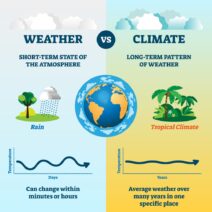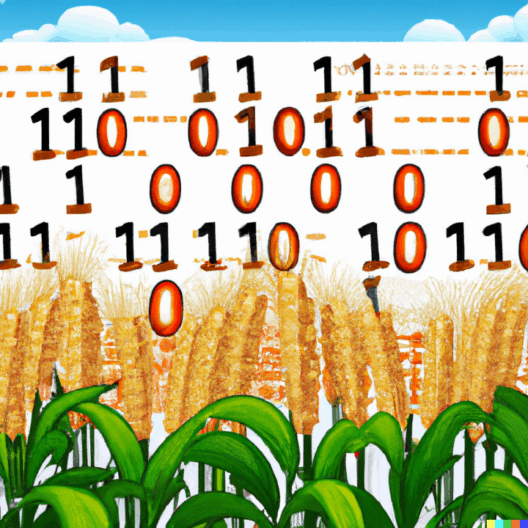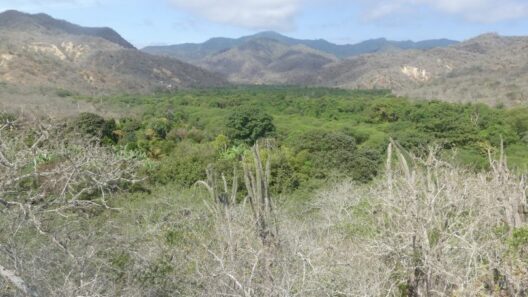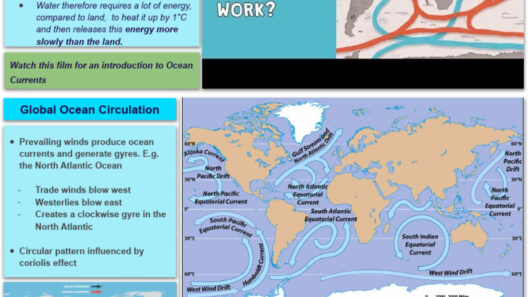The Earth’s axial tilt, an intriguing yet often overlooked aspect of our planet’s dynamics, profoundly influences our climate systems. Picture this: what if the angle at which our Earth spins around the sun isn’t just a cosmic coincidence, but rather a pivotal factor driving the climate change narrative? As we delve into the complexity of Earth’s axial tilt, we’ll explore the intricate relationship between this phenomenon and the climate challenges we face today.
The axial tilt, or obliquity, refers to the angle between Earth’s rotational axis and its orbital plane, which currently rests at approximately 23.5 degrees. This inclination isn’t static; it fluctuates slightly over long time scales due to gravitational interactions with other celestial bodies. But how does this seemingly minor adjustment create ripples throughout the climate ecosystem?
First, let’s consider the seasons. The Earth’s tilt is responsible for the variation in sunlight distribution across the planet. During summer in the Northern Hemisphere, the North Pole tilts toward the sun, resulting in longer days and more direct sunlight. Conversely, during winter, this pole tilts away from the sun, leading to shorter days and less sunlight. This axial tilt orchestrates the seasonal symphony that governs ecosystems and agriculture globally. However, changing climate patterns disrupt these traditional seasonal rhythms.
One might ponder: how does this axial tilt interact with anthropogenic factors that are accelerating climate change? The challenge lies in the interplay between natural variability and human-induced influences. While the Earth’s tilt and orbit have historically prompted oscillations in climate, such as the glacial and interglacial periods, the current trend of rapid temperature increases is largely attributable to human activities. The burning of fossil fuels, deforestation, and industrial processes have emitted greenhouse gases at an unprecedented rate, amplifying the natural processes catalyzed by axial tilt.
Moreover, seasonal changes manifest in more than just temperature; they affect precipitation patterns, biodiversity, and even the frequency of extreme weather events. As warmer temperatures alter evaporation rates, we see shifts in rainfall distribution, exacerbating droughts in some regions while inundating others with excessive rainfall. Such inconsistencies create a feedback loop; as ecosystems struggle to adapt, the resilience of ecological systems diminishes, leading to further climatic disruptions.
The tilt of the Earth’s axis also contributes to the phenomenon known as Milankovitch cycles, which are long-term variations in Earth’s climate caused by changes in its orbit and axial tilt. These cycles can trigger glacial epochs followed by warmer interglacial periods. Understanding these natural cycles is crucial for scientists studying past climate changes, but they also underline the urgency of addressing the current anthropogenic crisis. The stark reality is that while Earth’s tilt might naturally usher in climate change over millennia, human actions are unnaturally accelerating it within mere decades.
As we dissect the implications of axial tilt on climate change, we must also examine the potential mitigation strategies. There is a growing movement advocating for geoengineering solutions, which propose climate modifications through large-scale interventions. Such strategies range from solar radiation management to carbon capture technologies. However, these high-tech fixes may lead us down a perilous path. Could our attempts to manipulate natural systems exacerbate the very problems we set out to solve? This paradox beckons further scrutiny and ethical debate.
In addition to technological solutions, we cannot ignore the importance of stewardship and sustainable practices. The key to combating climate change often lies in returning to traditional and regenerative agricultural practices that enhance ecosystem resilience. By cultivating soil health, promoting biodiversity, and conserving natural habitats, we can fortify our food systems against the volatility introduced by climate change, which is intensified by the Earth’s axial tilt.
As we transition to a low-carbon economy, our understanding of Earth’s axial tilt can inform climate adaptation strategies. Coastal communities facing rising sea levels must consider historical climate patterns and potential future shifts over geologic time scales driven by this tilt. By integrating traditional ecological knowledge with scientific data, we can better predict climate variability and develop more effective adaptation frameworks.
So, what’s next? The interplay between Earth’s axial tilt and climate change proposes a dual challenge: First, we need a collective acknowledgment of the fact that human activity is accelerating natural processes. Second, we must commit to innovative and sustainable practices that honor the complex relationship we have with our planet. Instead of succumbing to despair, let’s embrace the challenge. The whims of Earth’s tilt remind us that while we may feel insignificant in the grand scale of the universe, our actions can have monumental implications. Are we ready to confront this tilted reality and turn the tide on climate change?
In conclusion, understanding Earth’s axial tilt is vital in grappling with climate change. The complex dynamics that arise from this fundamental characteristic not only shape our seasons and weather patterns but also uncover the broader implications of human activity on our planet. With diligent effort and a commitment to sustainable practices, we can work towards a future that harmonizes with the natural rhythms dictated by the Earth’s angle. The time for action is now; let us pivot towards a sustainable reality.








